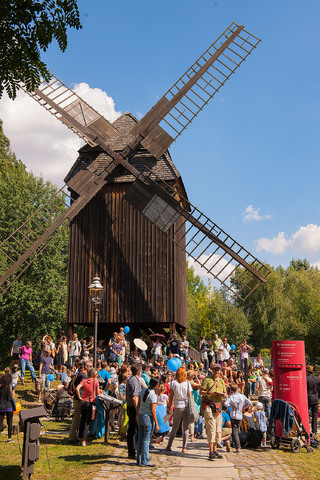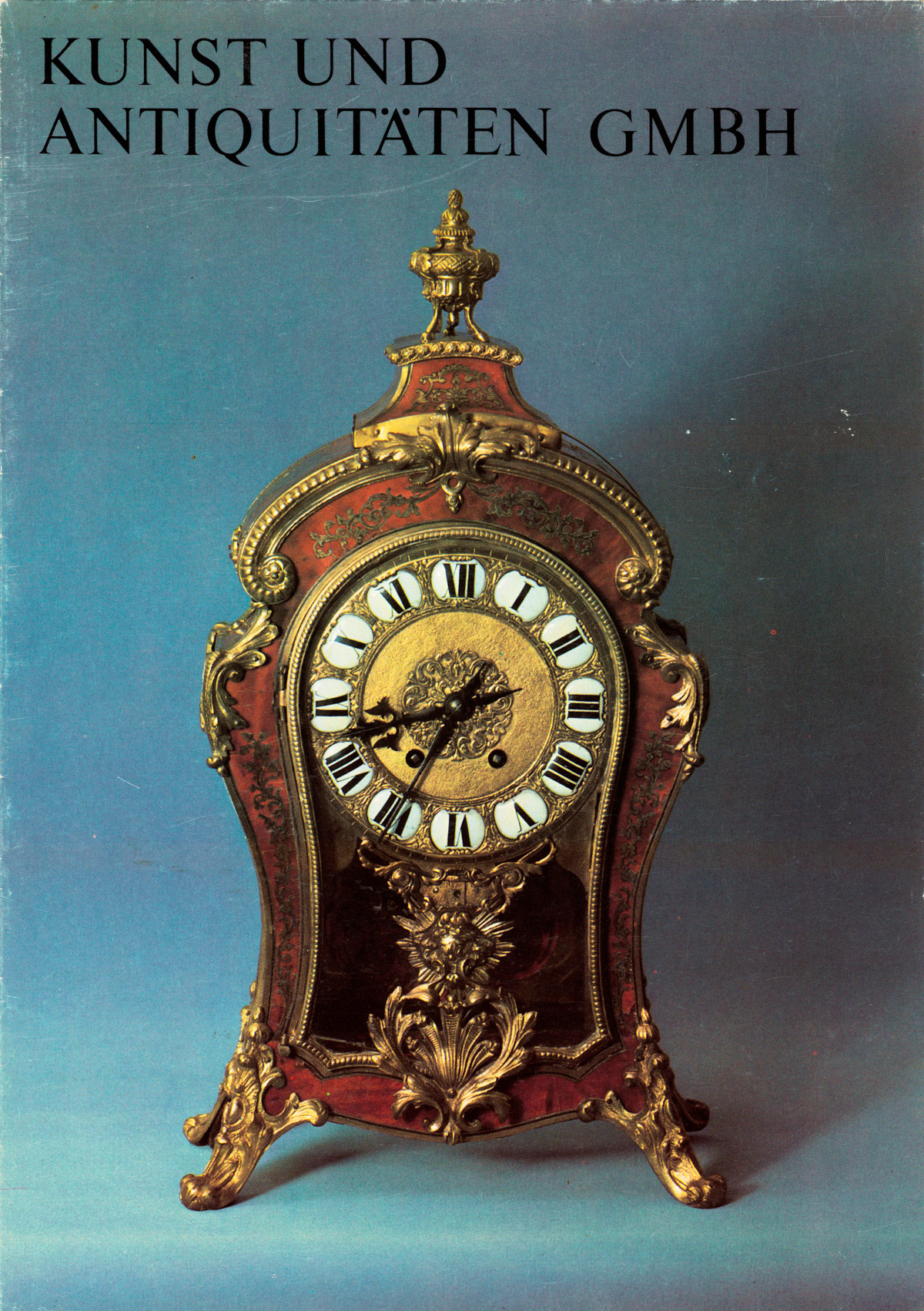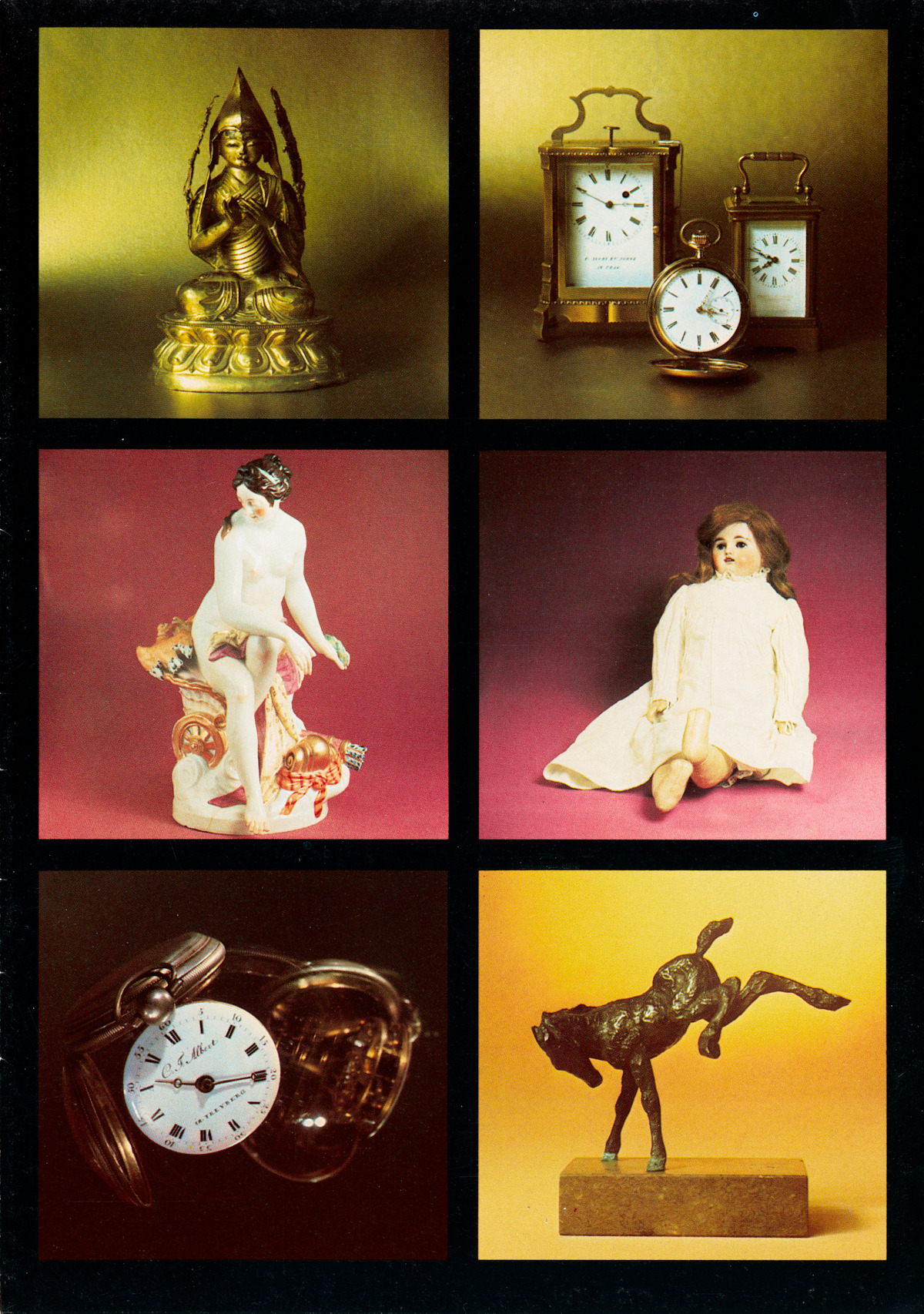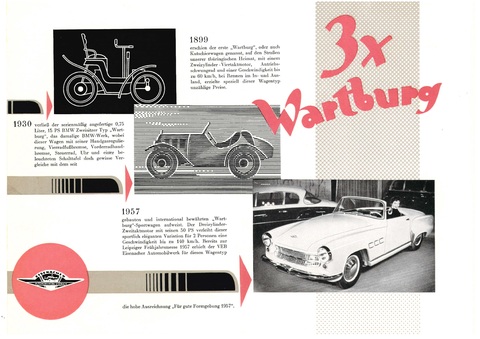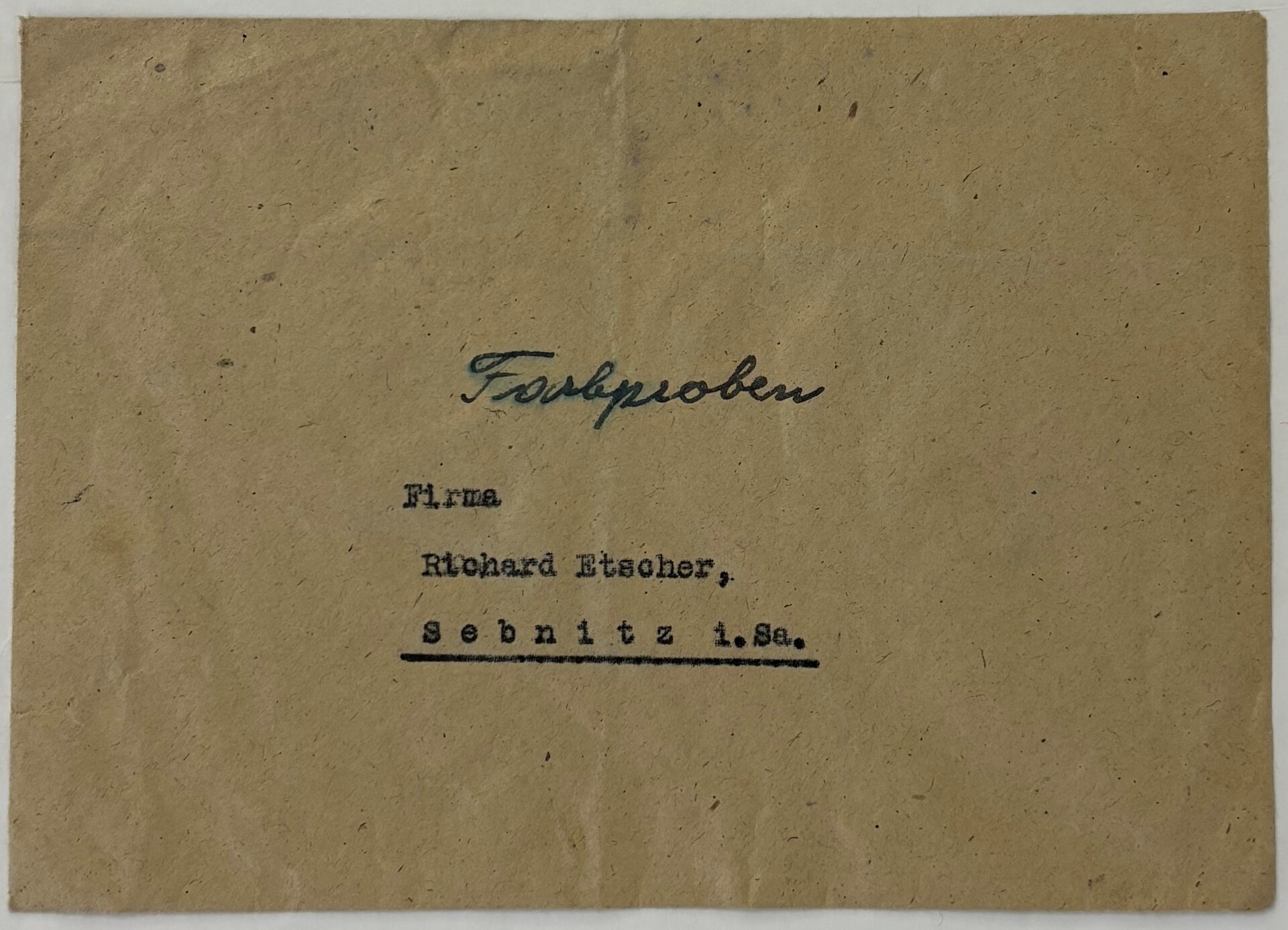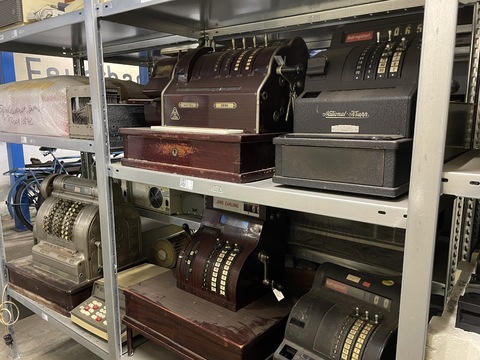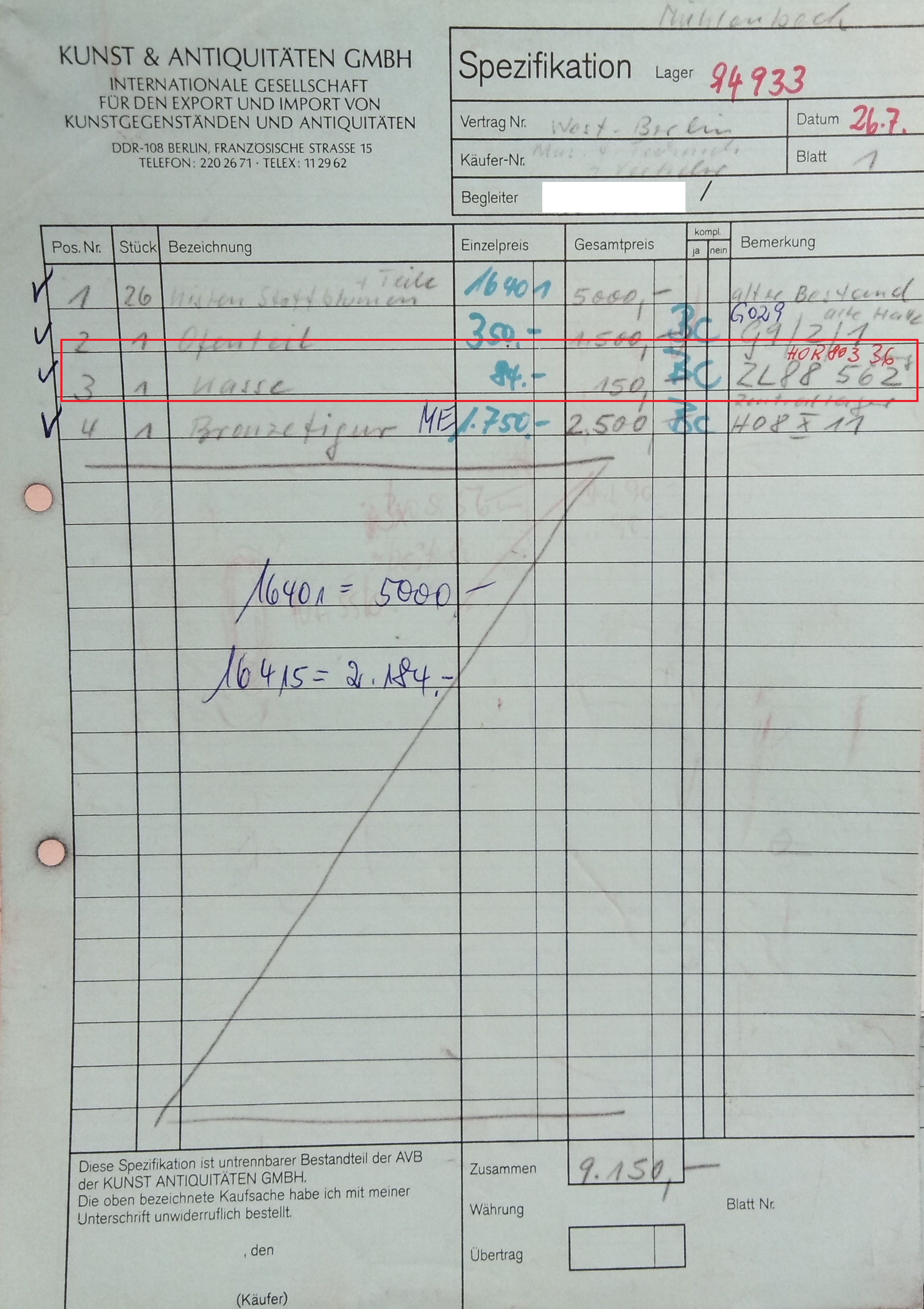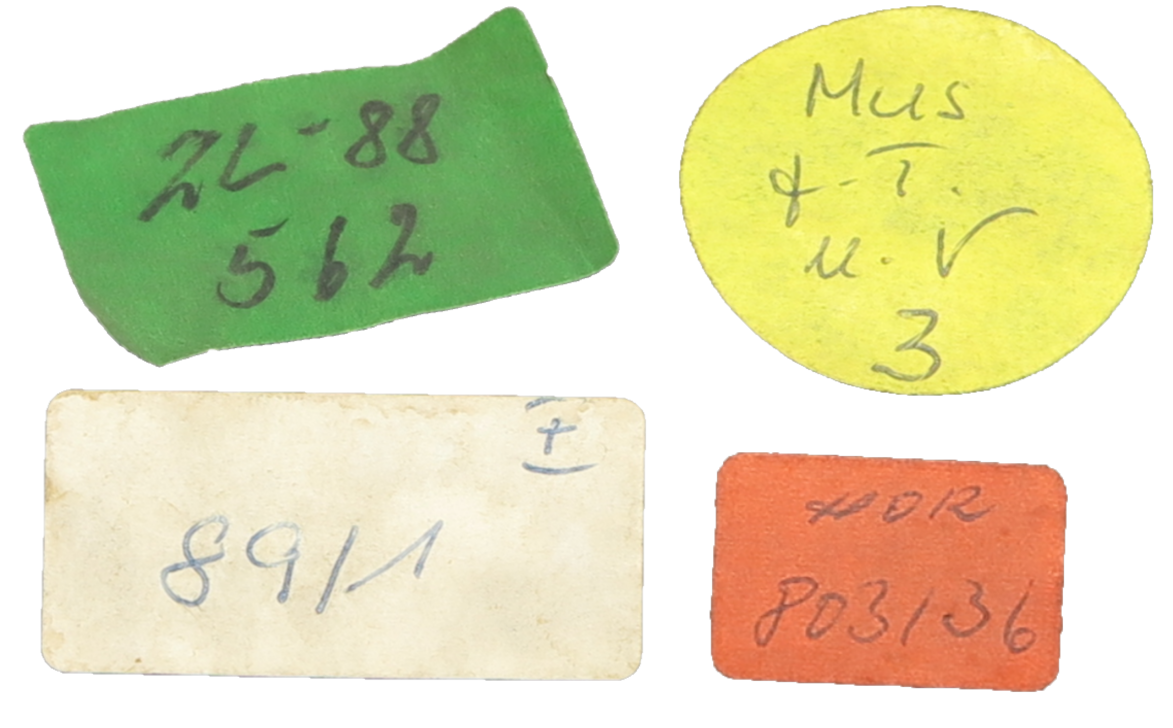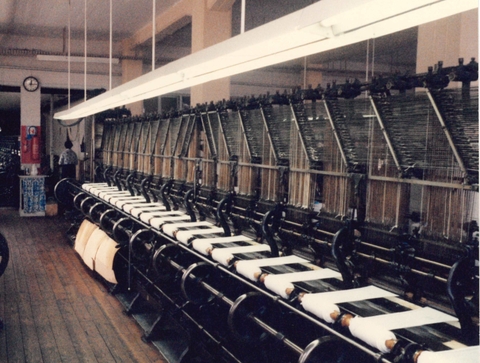Artificial flowers in the GDR
During the Second World War, all related companies in the artificial flower capital Sebnitz had to adjust their production in the direction of military equipment until, finally, flower production was completely stopped in the wake of the "total war" effort. But in the post-war years, flowers returned and by the beginning of the 1950s there were almost 100 flower factories in Sebnitz again. The Richard Etscher company was producing artificial flowers again as well.
However, the Sebnitz flower factories began being nationalized as early as the Soviet occupation. In 1953, the state-owned company (VEB) Kunstblume was founded, whereby all the private companies were aggregated until they were ultimately nationalized in 1971. The Richard Etscher company became an affiliate of VEB Textilflor in 1972, which was later transferred to VEB Kunstblume in 1975.
VEB Kunstblume Sebnitz shaped the region as an employer and in 1975 had more than 5,000 employees. The flowers produced were exported to 35 countries and their sale was used to raise foreign currency for the GDR. After the fall of the Wall, the former VEB Kunstblume continued to exist as Kunstblumen- und Festartikel GmbH until 1991. Today there are very few flower makers left in Saxony. Asia has been producing most of the world's artificial flowers for decades.




